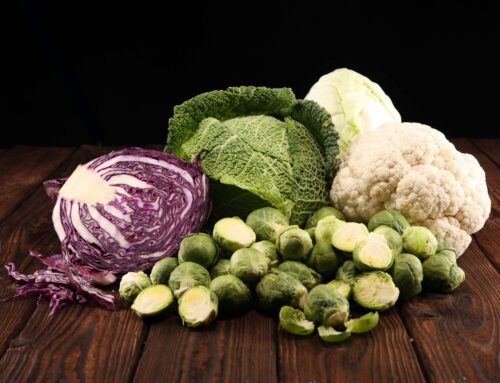99% of Aussie kids don’t eat their vegetables – with Robyn Chuter – Part one

The latest report on the state of the nation’s eating habits has just been released by the Australian Institute of Health and Welfare, and the news is not good.
The report, titled ‘Nutrition across the life stages’, draws on data gathered by the Australian Bureau of Statistics (ABS) including surveys on physical activity, eating habits, and the prevalence of overweight and obesity across the entire Australian population.
Here are some of the highlights – or, more to the point, lowlights – of the report:
- 99% of Australian children between the ages of 2 and 18 do not eat enough vegetables, according to Australian Dietary Guidelines (ADGs).
- Only children aged 2–8 meet the daily ADG recommendation for fruit intake.
- Among men aged 19–50, 74.1% don’t meet the ADG recommendation for fruit and 98.3% fall short of the vegetable intake recommendation.
- Among women aged 19–50, 80% aren’t eating sufficient fruit and 94% don’t make the cut for vegetables.
- About one-third of Australians’ energy (kilojoule/calorie) intake comes from discretionary food – that is, foods and beverages that are high in energy but low in nutrients required to sustain health – such as cakes, biscuits, confectionery, pastries, potato chips, soft drinks and alcoholic drinks.
- The high intake of these ‘foodless foods’ results in excess consumption of added sugars, saturated fat and salt: 11% of the energy intake of adults aged comes from added sugars (averaging 65 g per day) and 12% from saturated and trans fats, while average intake of sodium is 2720 mg per day – well above the adequate intake level of 460–920 mg/day.
- Teenagers are doing even worse than adults: they get more than 40% of their daily energy intake from discretionary food.
It’s not just our eating habits that are shocking. After hitting an activity peak in early adult life, we get fatter and lazier as we get older:
- Only 55% of adults aged 19–30, 47% of those aged 31-50, and 39% of 51-70 year olds, do the recommended amount of physical activity (a paltry 150 minutes per week).
- 47% of 19-30 year olds, 64% of 31-50 year olds, and 74% of 51-70 year olds are overweight or obese.
- Frighteningly, on top of their appalling eating habits, teenagers are the least physically active of all age groups:
- Less than 1 in 5 (16%) children aged 14–18 do the recommended amount of physical activity each day (at least 60 minutes) and almost one-third (30%) are overweight or obese.
- And finally, in an indictment of the inequity of our sociopolitical structure, how wealthy you are and where you live plays a large role in your health, weight and activity level.
- People living in more affluent areas and in major cities are more likely to eat healthful diets, be physically active and within the healthy weight range than people living in lower socioeconomic regions and more remote parts of Australia.
Find out more and how you can help in part 2, coming soon!









